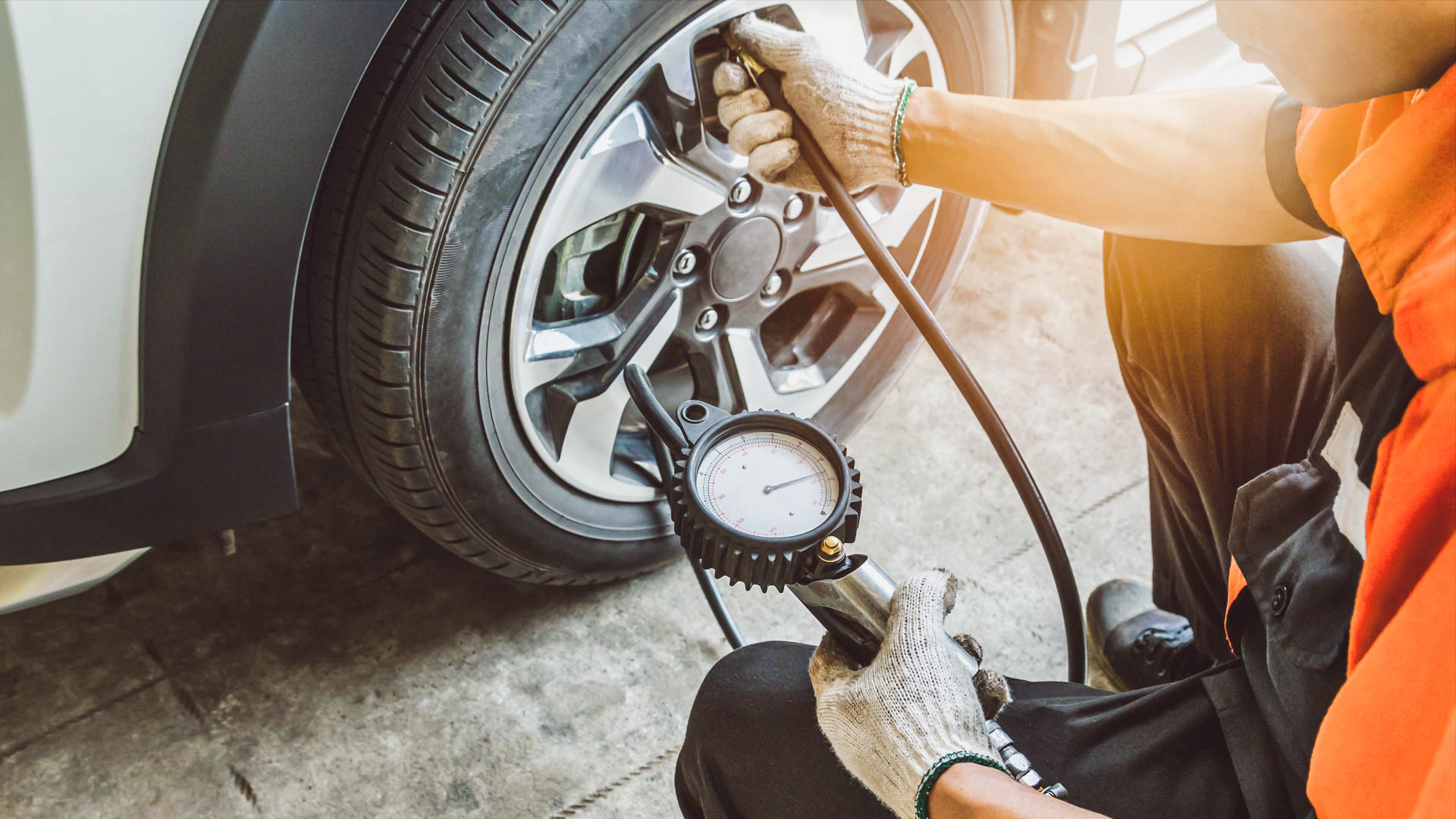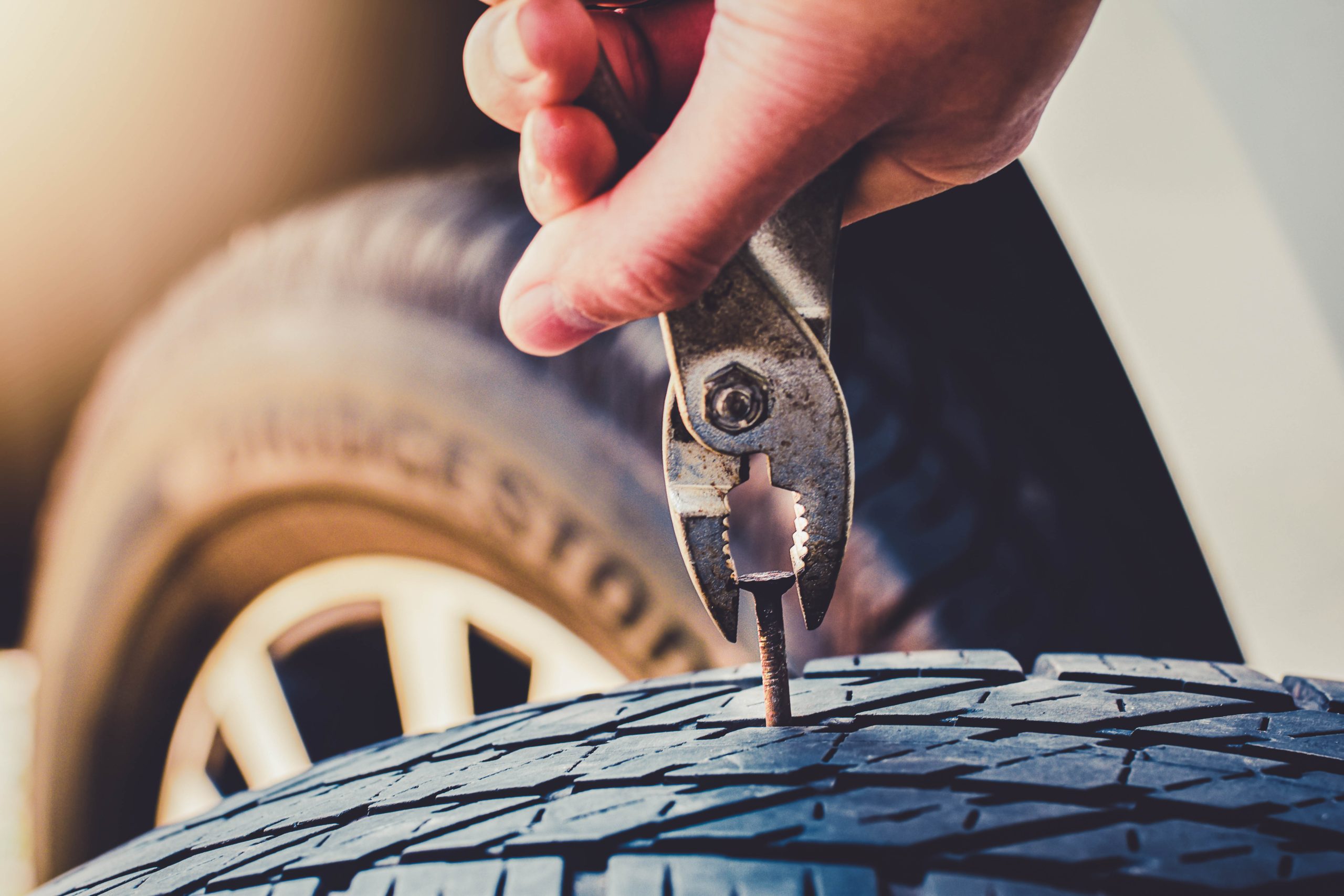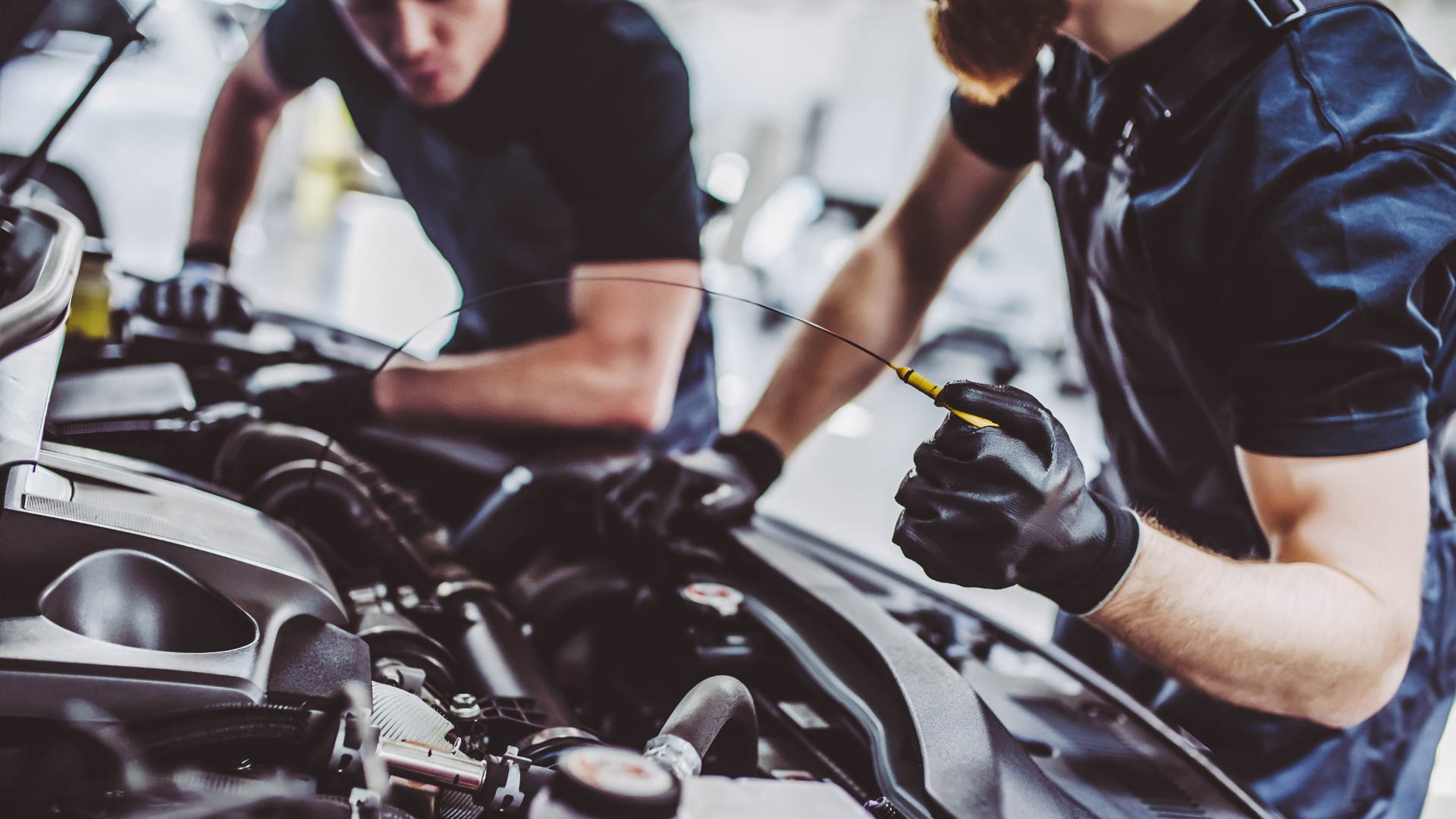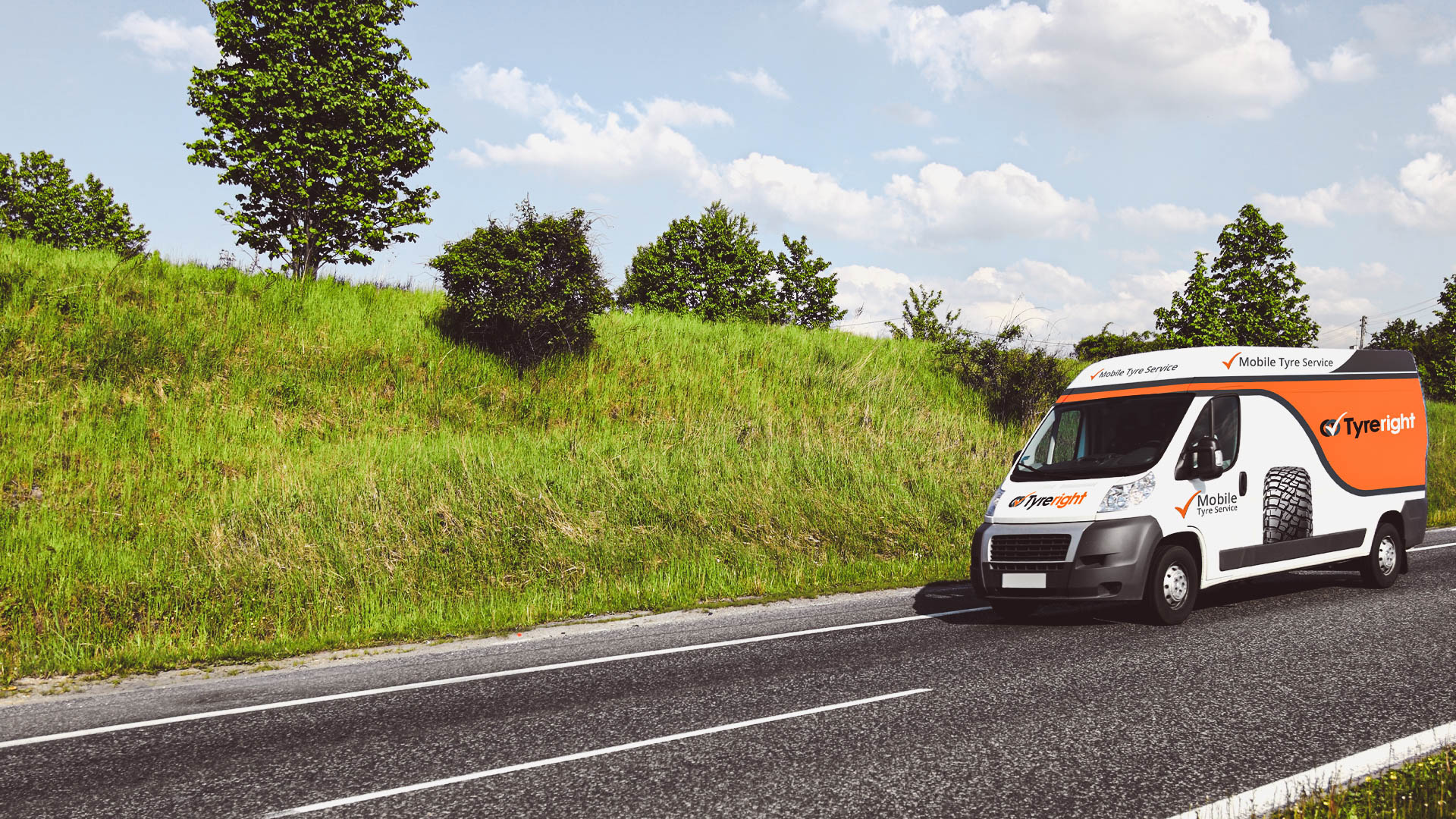Batteries
Discover reliable and long-lasting batteries at Tyreright. Choose from our wide range of high-quality options, designed to keep your vehicle powered and running smoothly on every journey.
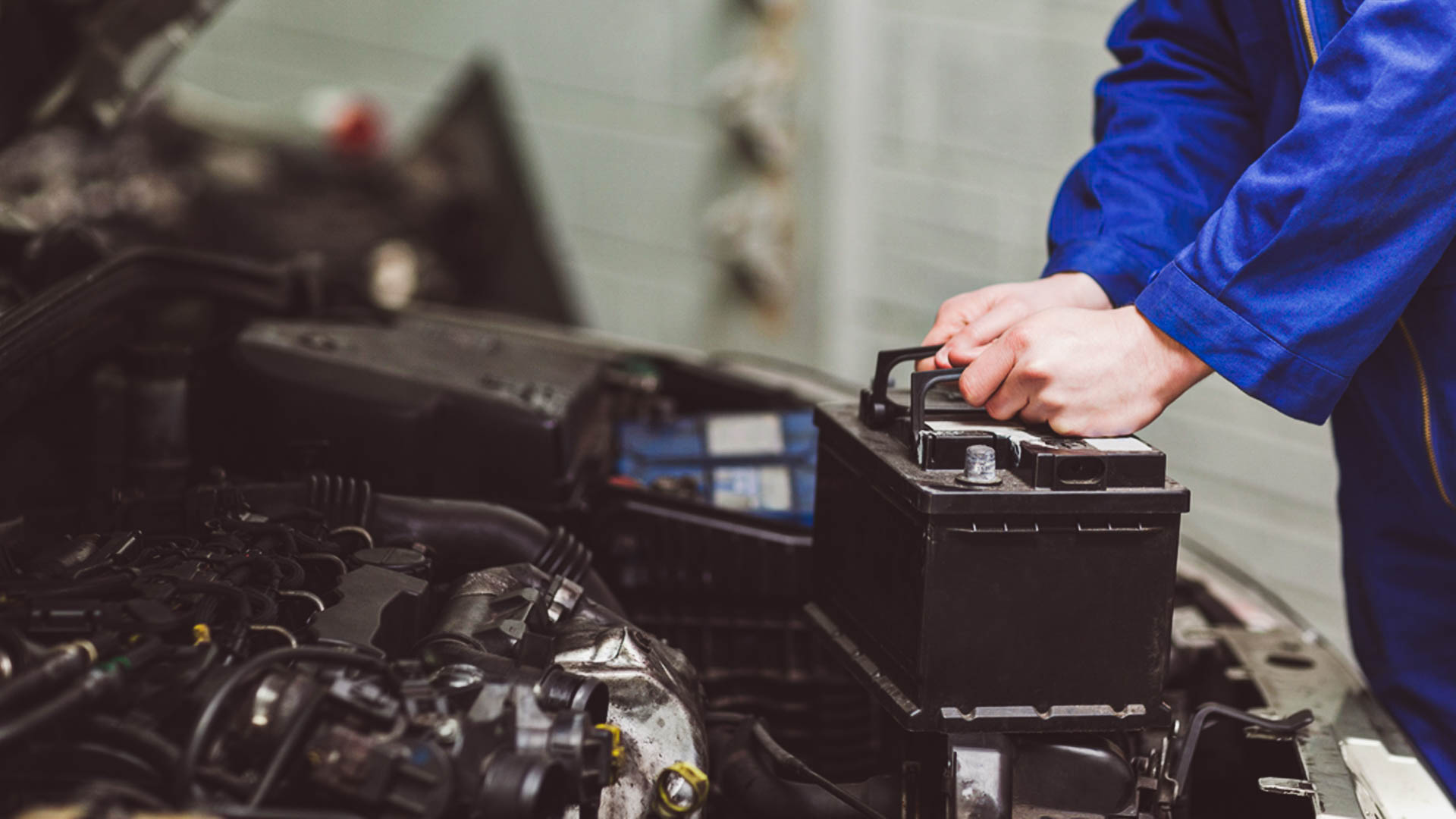
Discover reliable and long-lasting batteries at Tyreright. Choose from our wide range of high-quality options, designed to keep your vehicle powered and running smoothly on every journey.
From car batteries and car battery replacements to SUV batteries and 4WD batteries, right up to truck & tractor batteries, we have them all at the best possible prices – see the experts.
Choose from our range of high-quality, long-lasting batteries that provide reliable power to your vehicle. Our experts can help you select the right battery for your needs and professionally install it, ensuring optimal performance and longevity.
Whether you’re touring outback, enjoying the hinterland, or simply hitting the highway, it’s important to have the right equipment – and that includes your battery. No matter where you roam, you need a long-lasting battery you can trust, with reliable starting power, and the constant sustained current loads needed to run your onboard accessories for longer.
Tyreright is the go-to place for affordable, dependable replacement batteries, built tough for our extreme climate and harsh driving conditions. We carry a wide range from premium suppliers like Repco Autoparts, Supercharge, Century and Lion Batteries – for all makes and models of passenger cars, 4×4, and SUVs.
Want something even larger? If you need a battery for a bus, van, truck, tractor or even a marine battery, we have them too. And we don’t stop there, in the unlikely event you have problems our batteries come with hassle-free warranties to make sure you’re covered. No matter where you are in Australia, give us a call right away and we’ll put a new one in.
Phone or drop into your nearest store and get a FREE test to maximise the life of the battery you have now. We’ll tell you whether or not it needs replacing on the spot. If you need a new one, we’ll advise which is best, and you can have it fitted by our experienced battery professionals. Done and dusted!
To top it off, we’ll dispose of your existing battery in an environmentally friendly way, thanks to our accredited recycling partners.
Supercharge Batteries
SuperCharge Batteries has a proud Aussie heritage dating back to 1984. Since the ground-breaking rollout of their maintenance-free battery with patented Expanded Grid Technology (EXG), the SuperCharge team has continued their focus on maximising the two most important characteristics of any battery, more power, and longer life.
Their premium batteries contain a dense grid of super-compressed rolled calcium strips. They make for a more compact unit that is less susceptible to heat corrosion and delivers more efficient cranking power. Moreover, as the EXG plates are shorter and have minimal gassing, there is less water loss, and no acid top-up is required. If that weren’t enough, SuperCharge has gone even further by introducing SNT Technology. SNT optimises its plate additives with a special mix of lead, calcium & tin that increases the maximum CCA power the battery can deliver. SNT also helps improve corrosion and creep resistance, extending the life of batteries with EXG grids.
Lion Batteries
Lion truly are the King of Batteries, with a solid reputation for quality products, technical knowhow, and excellent customer service. They provide you with the royal treatment too, with full range of conventional and sealed maintenance-free batteries specifically designed for automotive vehicles.
Founded in the late 1930’s, the small Lion factory in Burwood, NSW began supplying hard rubber casings for batteries to the fledgling Aussie auto market. By the 1960s they hit their straps as a major supplier, and a prominent premium battery brand.
Today, the Lion Battery brand can be found across the country. They offer nationwide warranty and boast a comprehensive range of battery products including automotive, marine, agriculture, motorcycle, deep cycle, traction, standby, solar and specialty products.
Repco Autoparts
For almost 100 years, Repco has developed, tested, tuned, and engineered a range of quality auto parts and solutions to keep you on the road. Repco batteries feature thick cast plates that offer longer service life and superior internal-corrosion resistance. They also have enhanced plate paste to reduce water loss, making their batteries lower maintenance and some models maintenance-free.
Their batteries are built tough. An expanded grid design, high porosity polyethylene envelope separator, and polypropylene casing offers maximum puncture resistance to resist damage on even the harshest road conditions. For optimal safety, Repco integrates a clever flame arrestor into their car battery venting systems. This protects the battery from explosions or other damage if subjected to an external ignition source in the event of a fire or collision.
Century Batteries
Want a battery you can depend on, no matter which road you travel? Century Batteries, Australia’s oldest battery manufacturer, has been the go-to starting battery for everyday drivers, truckies, and racing professionals alike for over 90 years. Their batteries are built tough with internal components designed from the ground up to suit Australian conditions.
Manufactured with calcium battery plates, they combat the causes of battery failure with advanced grid designs, optimised paste formulations, and their own revolutionary maintenance-free lid technology. These unique technologies deliver superior starting power, exceptional corrosion resistance, longer life, and the performance to handle the demands of today’s modern vehicles.
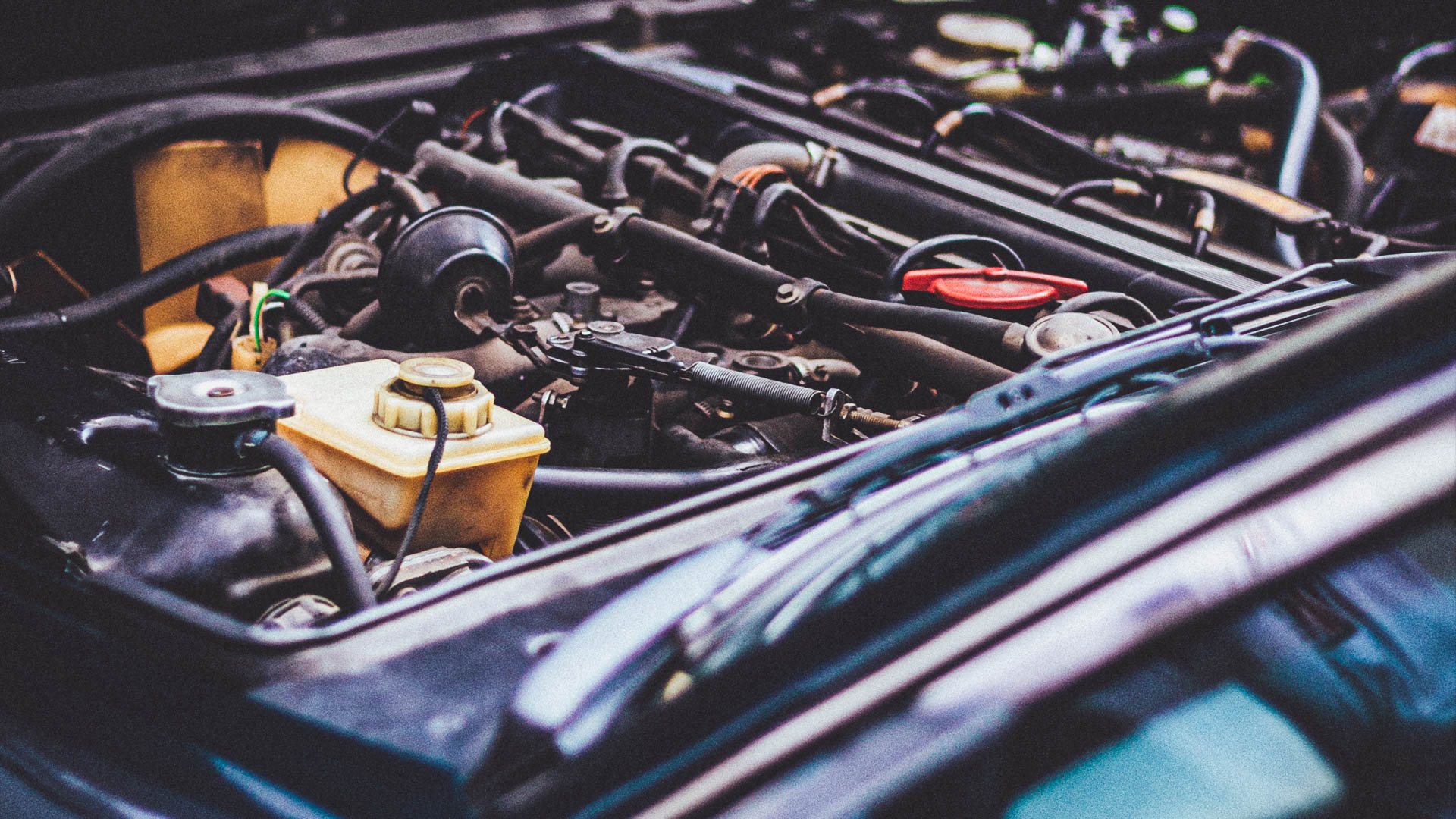
Complete the form and a member of our team will be in touch.
How does a battery work?
Batteries are as essential to our cars as petrol, without them we can’t get from A to B. While we know they live under the bonnet, most of us don’t know how a battery actually works.
A battery stores electricity for future use. It develops voltage from the chemical reaction produced when two unlike materials, such as positive and negative plates, are immersed in the electrolyte, a solution of sulphuric acid and water.
In a typical lead-acid battery, the voltage is approximately 2 volts per cell, for a total of 12 volts. Electricity flows from the battery as soon as there is a circuit between the positive and negative terminals. This happens when any load that needs electricity, such as the radio, is connected to the battery.
Most people don’t realise that a lead-acid battery is in a constant process of charge and discharge. When a battery is connected to a load that needs electricity, such as the starter in your car, current flows from the battery, the battery begins to discharge. As battery discharges, the lead plates become more chemically alike, the acid becomes weaker, and the voltage drops. Eventually the battery is so discharged it can no longer deliver electricity at a useful voltage.
In the reverse process, a battery becomes charged when current flows back into it, restoring the chemical difference between the plates. This happens when you’re driving without any accessories and the alternator puts current back into the battery.
You can recharge a discharged battery by feeding electrical current back into the battery. A full charge restores the chemical difference between the plates and leaves the battery ready to deliver its full power. This unique process of discharge and charge in the lead-acid battery means energy can be discharged and restored over and over again. This is what’s known as the cycling ability in a battery.
How do I clean my battery?
Hands up, who hates being stranded on the side of the road? If your car battery terminals are corroded, not enough current gets through the cables to your car’s electrical system.
Keeping your battery spick’n’span can help avoid this and allow you to spot any issues before they become problems.
Apply a solution of household baking soda and water to your battery casing with an old toothbrush. This will neutralise battery acid build-up on your terminals and remove corrosion, a common cause of high resistance.
Before you start, slip on a pair of rubber gloves and slap on some eye protection. You don’t want to get any battery acid in your eyes or on your skin.
Leaving your terminal cables attached, pour 2 cups of water mixed with a tablespoon of baking soda over the terminals. Allow the mixture to bubble up over the terminals for about 30 seconds, then scrub them thoroughly with the old toothbrush.
Spread the solution over the rest of the battery casing and give it a good scrub to clean off any dirt and grease.
Finally, use a cup of clean water or a low-flowing garden hose to rinse off the residue, then dry it all off with a clean cloth.
Be careful to avoid getting any solution in the cells.
How do I jump start my car?
It’s happened to all of us. You leave your headlights on, the battery is drained, the car won’t start, and you’re stranded.
In the first instance we recommend using a booster battery. When jump starting a flat battery with a booster battery be sure to read the instructions first and most importantly proper connections prevent electrical sparks.
First, connect the two positive terminals. Then, connect one end of the jumper cable to the negative terminal of the booster battery, and connect the other end to a good ground away from the flat battery. If a spark occurs, it won’t be near the battery.
Disconnect the cables in reverse order – negatives first.
If you’re using some else’s vehicle to jump start yours, make sure their battery is fully charged and has the same voltage as yours and only use jumper leads with a surge protector.
Ensure both cars are facing each other, not touching, but close enough for the jumper cables to reach both batteries. Make sure you take the keys out of the ignition of both vehicles to avoid nasty accidents.
Now, locate the positive (+) and the negative (-) terminals on both vehicles. The positive lead is normally red and the negative lead is usually black.
Spread out the jumper cables so that one red clamp and one black clamp is in each hand. Make sure the cables are untangled and the clamps at the opposite end of the leads are not touching each other.
Working on the flat battery, attach the red positive clamp of the jumper cable to the red positive terminal of the flat battery. Make sure you get a secure connection to the terminal post.
Put the black negative clamp safely to one side away from any contact with metal, it’s the grounding connection so we’ll attach that last.
Next grab the red and black clamps at the other end of the jumper cables and go to the good battery. Make sure you don’t let the clamps touch each other or the results could be shocking.
Connect the red positive clamp to the red positive terminal and the black negative clamp the negative terminal.
Finally clamp the black negative grounding cable to an exposed piece of metal on the vehicle, away from the flat battery. (You never attach it to the negative terminal because it could cause a spark that ignites hydrogen fumes coming from the battery, creating an explosion.)
Play it safe. When looking for a grounding spot, find bare metal away from the battery (or anything flammable). Ensure it is not a moving part or attached to an electrical component.
Almost there! Now just check that all the cables are clear, away from any moving parts like the fan or fan belt.
Start the vehicle with the good battery and let it run for 2 minutes. When time’s up try starting the vehicle with the flat battery.
If it starts (yay!), quickly disconnect the black negative clamp from its grounding spot, ensuring it does not touch anything. Do this first, then remove the red positive clamp, to avoid sparking. Put both the cable ends somewhere safe away from the car and make sure they don’t touch each other.
Finally, go to the good battery; remove the red cable first and then the black cable – now you’re free to go!
If your vehicle won’t start, give it another 5 minutes charge before you disconnect the cables. After that, if your vehicle won’t start it could be time to see the experts at Tyreright for a new battery.
What is Battery vibration?
When it comes to batteries there are no good vibrations. Making sure your battery is mounted securely avoids vibrations that can loosen connections, crack the case, cause short circuits, and damage internal components.
An unsecured battery can also move around the engine – if the positive and negative terminals contact exposed metal it could start a fire. This can happen more easily than you think. Drive down a rough track or hit a pothole and your unsecured battery can bounce and hit the underside of your hood. The briefest contact with those terminals can cause significant and expensive damage.
Most cars have sturdy clamps that either hold the battery at the base or cross over the top of the battery. It’s worth making sure they are screwed down securely. But be careful! Don’t over-tighten the battery clamp nuts to the limit of your strength, rather tighten them until you feel some resistance, and then continue for only an additional half turn.
If your vehicle’s factory hold-down system is damaged or non-existent, you can install a replacement yourself or see the experts at Tyreright for a safe and secure system you can have confidence in.
How to replace a battery?
If your battery needs replacing, you can either do it yourself or see the experts at Tyreright; they’ll let you know which one is best and have their experienced battery professionals fit it.
If you’re replacing the battery yourself, make sure you select and install a battery of the proper size and capacity rating. Tyreright can help you there too. From car batteries and car battery replacements to SUV batteries and 4wd batteries, right up to truck batteries, we they them all at the best possible prices – see the experts.
To start, make sure your engine is turned off and cool. Take the keys out of the ignition to avoid any nasty accidents.
Now pop the hood, locate the battery, and identify the two terminals. The negative terminal (-) should have a black lead and the positive terminal (+) lead should be red, but can sometimes be black.
Wearing sturdy gloves, use a wrench to loosen the nut on the side of the negative terminal clamps first, detach the cable and then set it aside away from the battery. Now do the same with the red positive cable.
Unscrew the battery hold-down, and carefully lift the battery out of its carrier tray.
Using a wire brush and battery cleaning solution, wash and scrub any corroded parts; replace any damaged parts of the hold-down, support tray, or cables.
Now, lower the new battery into the tray, making sure the positive terminal is near the red cable and the negative is near the black cable. Remove any terminal covers and spray the posts with an anti-corrosive solution.
Attach the positive cable to the positive terminal and secure it. Now connect the negative cable to the negative terminal and tighten the nut. Be careful! Don’t over-tighten the battery clamp nuts to the limit of your strength, rather tighten them until you feel some resistance, and then continue for only an additional half turn
Finally, ensure the battery hold-down is secure (see vibrations), shut the hood and you’re ready to start your vehicle.
What are the causes of battery failure?
Batteries are brilliant, they convert chemical energy into electricity and store it ready for you to use. How is this possible?
Most vehicle batteries contain a series of cells made up of lead and lead dioxide plates. The plates are submerged in sulfuric acid, which triggers a chemical reaction that creates ions (electrons). It’s the free movement of these ions, running around the plates that generates the electricity.
Amazing hey? Now you know what makes a battery work, let’s look at some reasons one might fail…
Even though batteries are extremely reliable, they usually only last around three to five years. They deteriorate over time due to internal chemical reactions and changes in their active chemicals. In a process known as sulfation (corrosion).
Sulfation is when the plates inside your battery becomes coated with lead sulfate, this slows down the electric current flow and eventually the surfaces of the plates become completely blocked and causes the battery to failure. It can happen can after a long period of disuse or when your battery is in a low or no-charge state.
We’ve probably all experienced this one. Batteries need to charge every so often, fortunately they automatically recharge when the engine runs. But if you don’t use your vehicle for a long period, the battery will discharge itself and fail, due to the sulfation process.
When the battery is being used, water in the electrolyte is split into oxygen and hydrogen gases and can escape. If water is not added when needed, the battery will dry out and stop working.
Early stages of water loss are hard to detect, but eventually the battery capacity drops noticeably.
Most starter batteries are now ‘seal maintenance’ free and do not require water refilling due to the liquid gas separator built into the battery case.
A faulty electrical system won’t fully charge your battery. Severe undercharging allows sulphate on the internal plates to become hard and impossible to remove by normal charging. The undercharged battery may then fail to crank your engine.
Overcharging by a faulty charging system can cause excessive gassing and high internal heat. Too much gassing can wash the active materials off the plates and cause excessive water usage. Too much heat can oxidise the positive plate material and warp the plates, causing reduced battery life.
Repeated cycling from fully charged to fully discharged and back may cause loss of active material from the positive plates, reducing capacity of the battery and its life.
Low electrolyte levels expose the active material, causing any sulphate to harden on the plates so they resist chemical action. Loss of electrolyte may be caused by a cracked case, not adding water when needed, or severe overcharging.
Too much electrolyte can be just as bad. Overfilling the battery with water dilutes the electrolyte and any spillage could corrode battery terminals.
Spilled electrolyte and condensation from gassing may cause corrosion on terminals, connectors, and metal hold-downs/carriers. This increases electrical resistance, which reduces available voltage and charging effectiveness. It could also create a current leakage path.
Extreme temperatures can affect the performance and charging of your vehicle’s battery. Heat and humidity can cause the fluid in batteries to vaporize, causing overcharging, and excessive water usage. Cold temperatures reduce it’s capacity and slow down the charging process.
If your battery is not mounted securely by a hold-down system, everyday vibration can loosen connections, crack the case, cause short circuits, and damage internal components.
This one is a no brainer! Hitting, dropping, intense vibration, contact with fire, immersion in fluids can damage your battery and reduce its useful life.
At Tyreright, we pride ourselves on offering the largest selection of tyre brands to suit every driver’s needs.
Our extensive range caters to all budgets, driving styles, and conditions, ensuring you’ll find the perfect fit for your vehicle
With a network of hundreds of stores around Australia, Tyreright is committed
to providing you with the
right advice and the right tyre at the right price.
This will help us provide a personalised tyre experience.
Use my location
Select your dealership


